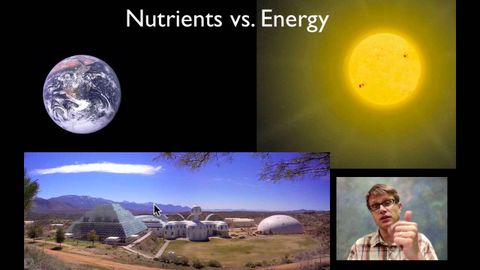生物地球化學循環 (Biogeochemical Cycling)
Cheng-Hong Liu 發佈於 2021 年 01 月 14 日  沒有此條件下的單字
沒有此條件下的單字US /ɪˈvɛntʃuəli/
・
UK /ɪˈventʃuəli/
US /ˈplænɪt/
・
UK /'plænɪt/
- n. (c./u.)行星 ; 運星 ; 地球;(比喻)世界;(占星術)行星
- prop. n.地球
US /rɪˈmɛmbɚ/
・
UK /rɪ'membə(r)/
US /ˈætməˌsfɪr/
・
UK /'ætməsfɪə(r)/

